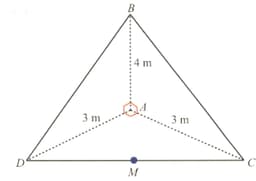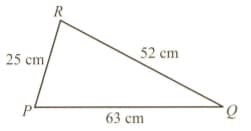
The diagram shows . which has an area of . Use the formula to find correct to decimal place.


Important Questions on Scale Drawings, Bearings and Trigonometry
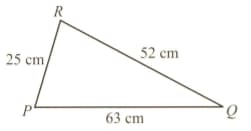
The diagram shows . which has an area of . Find correct to decimal place.
The diagram represents a triangular prism. The triangular base, , is horizontal. and . The cross- section of the prism, , is right-angled at and . Calculate the length of in .
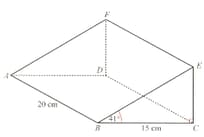
The diagram represents a triangular prism. The triangular base, , is horizontal. and . The cross- section of the prism, , is right-angled at and . Calculate the length of in correct to decimal places.
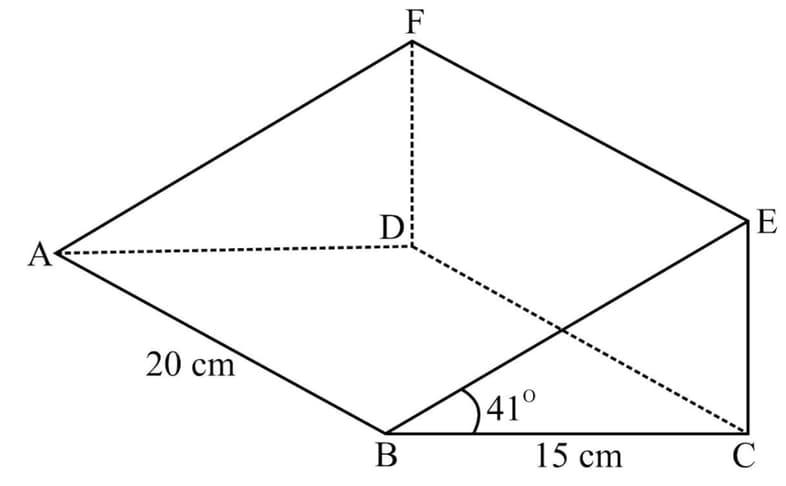
The diagram represents a triangular prism. The triangular base, , is horizontal. and . The cross- section of the prism, , is right-angled at and . Calculate the angle (in degree measure) in which the line makes with the horizontal.
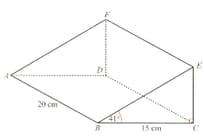
The cube shown in the diagram has sides of . Use the Pythagoras' theorem to calculate the distance . Leave your answer in exact form.
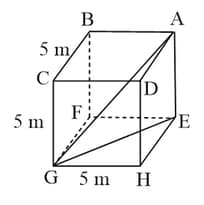
The cube shown in the diagram has sides of . Use the Pythagoras' theorem to calculate the distance . Leave your answer in exact form.
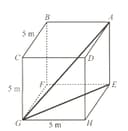
The cube shown in the diagram has sides of . Calculate the angle(in degree measure) between the line and the plane . Give your answer to decimal place.
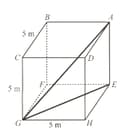
The diagram shows a tetrahedron . is the mid-point of . , , . Calculate the angle (Give the answer in degree measure with two decimal places)
